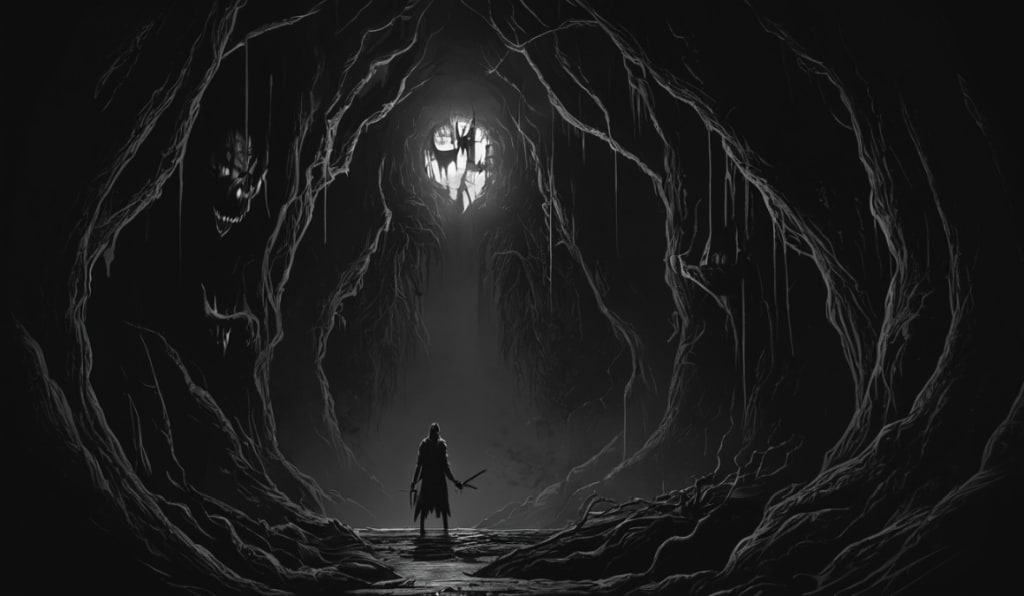
In the quiet depths of the night, when shadows dance and imagination takes flight, an ancient and primal fear known as nyctophobia emerges. This article delves into the intricate layers of the fear of the dark, exploring its roots in human evolution, psychological mechanisms, and the profound impact it has on individuals across cultures and ages.
1. Shadows in the Dawn of Humanity: The Evolutionary Basis
As creatures molded by millennia of evolution, humans carry within them vestiges of ancestral fears. The fear of the dark, or nyctophobia, is believed to have roots in our evolutionary past when the night concealed potential dangers. In a world where survival depended on acute senses, the inability to see in the dark left our ancestors vulnerable to lurking predators. This inherent fear of the unknown, etched into our genetic code, continues to influence our responses to darkness.
2. The Power of the Primitive Brain: Unraveling the Amygdala's Role
At the heart of nyctophobia lies the intricate machinery of the human brain, particularly the amygdala. This almond-shaped cluster of nuclei deep within the brain is a key player in processing emotions, especially fear. When exposed to darkness, a primal signal is sent to the amygdala, triggering the fight-or-flight response. This automatic reaction, an ancient survival mechanism, often overrides rational thought and propels individuals into a heightened state of alertness in the dark.
3. Cultural Dimensions: Nyctophobia Across Time and Borders
While the fear of the dark has evolutionary underpinnings, its manifestations are deeply influenced by cultural, societal, and individual factors. In various cultures, folklore and myths intertwine with the fear of the dark, giving rise to creatures like the bogeyman, who thrives in shadows and preys on the fearful. Understanding the cultural dimensions of nyctophobia reveals a diverse tapestry of beliefs and practices aimed at coping with the anxieties associated with darkness.
4. The Ghosts of Childhood: Nyctophobia in Youth
Childhood is often marked by an intimate dance with the fear of the dark. Many children experience a phase of nyctophobia, as their vivid imaginations conjure monsters under the bed and lurking shadows in the closet. The transition from a well-lit day to the darkness of bedtime can become a daunting journey, with the fear of the unknown playing a pivotal role in shaping a child's early experiences with the night.
5. The Subtleties of Adult Nyctophobia: Anxieties That Linger
Contrary to common belief, the fear of the dark doesn't always dissipate with the onset of adulthood. For some, the anxieties associated with darkness persist, manifesting in subtle ways that affect daily life. From hesitations about navigating an unlit room to a reluctance to step into the nighttime outdoors, adult nyctophobia can linger, revealing the enduring impact of this primal fear on the human psyche.
6. The Cinematic Shadows: Nyctophobia in Media and Entertainment
Popular media, especially horror films, has often capitalized on the fear of the dark to evoke spine-chilling thrills. From the flickering shadows in haunted houses to the suspenseful moments when characters navigate dimly lit corridors, filmmakers skillfully exploit nyctophobia to elicit visceral reactions from audiences. Exploring the intersection between entertainment and the fear of the dark offers insights into the power of visual storytelling in manipulating our deepest fears.
7. Coping Mechanisms: Illuminating the Shadows
Acknowledging and addressing nyctophobia is a crucial step in overcoming its grip on individuals. Various coping mechanisms, ranging from gradual desensitization through exposure therapy to incorporating relaxation techniques, can empower individuals to navigate the shadows with greater ease. Understanding the psychological aspects of nyctophobia enables individuals to confront their fears and embark on a journey toward self-discovery and resilience.
8. Light in the Darkness: Illuminating the Path Forward
As society progresses and scientific knowledge expands, the fear of the dark is gradually illuminated by the metaphorical light of understanding. Insights from psychology, neuroscience, and cultural studies converge to unravel the complex tapestry of nyctophobia. By shedding light on the roots and manifestations of this ancient fear, individuals can cultivate a deeper awareness of their own fears and foster a compassionate understanding of others grappling with the shadows.
9. Embracing Shadows: A Transformative Perspective
Ultimately, the fear of the dark invites us to explore the profound interplay between imagination and reality, the primitive and the rational. By acknowledging and embracing the shadows, individuals can embark on a transformative journey that transcends fear, fostering a richer appreciation for the mysteries concealed in the night. Nyctophobia, once a primal response to potential threats, becomes a gateway to self-discovery and the exploration of the limitless facets of the human experience.
About the Creator
Kei Ben
A fresh read goes a long way.






Comments
Kei Ben is not accepting comments at the moment
Want to show your support? Send them a one-off tip.